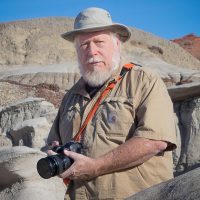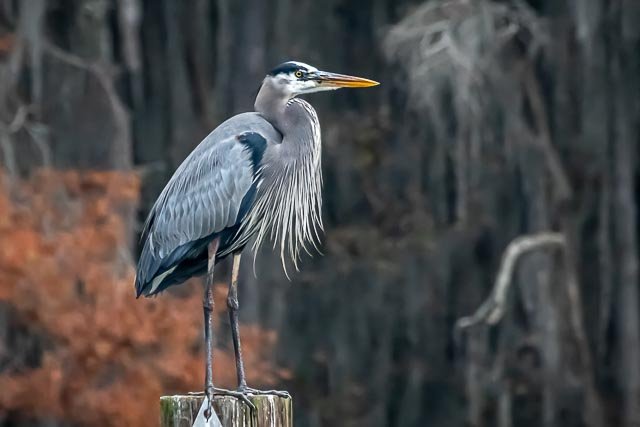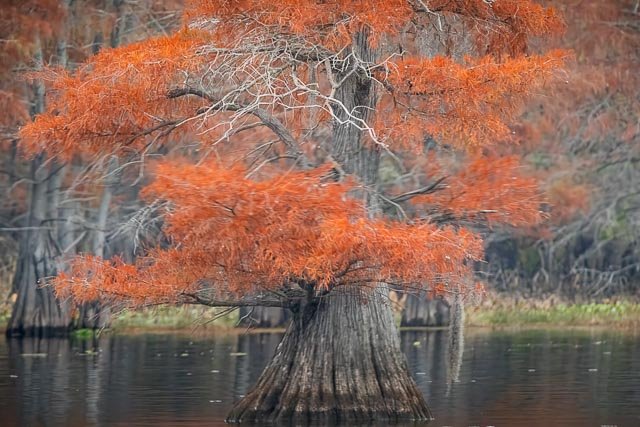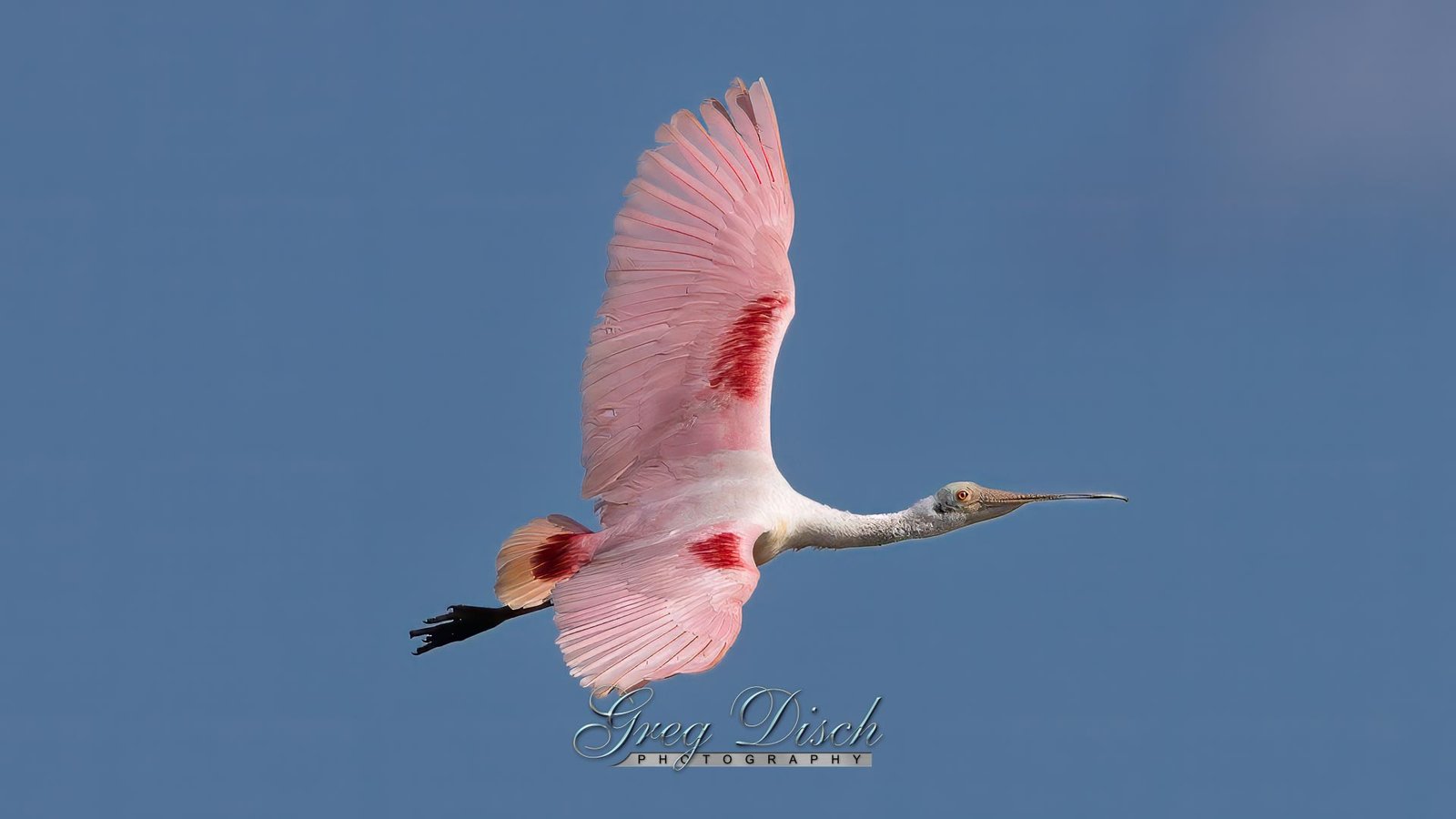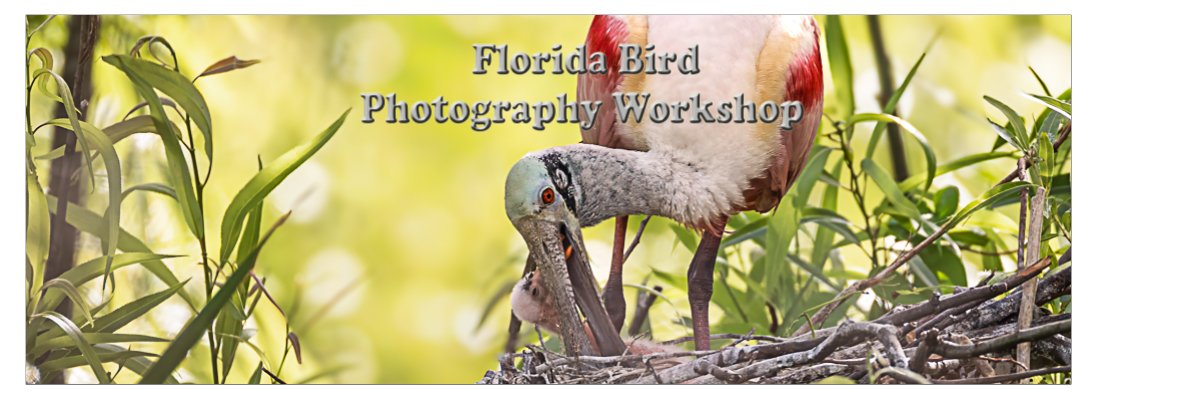September 24, 2025Florida Spring Bird Photography Workshop
April 6-10, 2026 (limited to 4 participants)
Join me for a 5 day photography dream trip to photograph some of Americas most beautiful birds in some of the best locations in Florida. We will have the opportunity to photograph Nesting birds from close distance without disturbing them. In addition we will be able to photograph alligators in the wild and the Manatee or Sea Cow as they are sometimes called.
If you are new to photographing birds or wildlife this is a fantastic opportunity to learn, if you are experienced this is just a wonderful opportunity. This workshop will give you the chance to perfect your bird in flight photography.
Also included in the workshop will be a 2 boat photography tours.
We will have a two hour adventure photographing on the St. Johns River! The St. Johns River is rich in history and wildlife. Keeping in mind that we will be traveling in the wild and sightings change greatly from day to day, common things to see on the river include wading birds, manatees, aquatic plant life, cypress forests, and alligators.
Our second boat tour will a private pontoon boat tour to photograph Osprey on Blue Cypress Lake. This magnificent lake is approximately seven miles long and three miles wide with 21miles of shoreline surrounded by 29,000 acres of marshes, swamps and cypress forests. It’s a place of complete surrender to Mother Nature as blue skies give way to blue-hued water which some say occur because of the reflection of the Blue Cypress trees on the lake as the morning sun rises into the sky. The lake is also a top Osprey nesting site reporting over 200 nests along the shoreline.
Sandhill Cranes
Tall and loud, sandhill cranes are pleasing to see when they travel to Florida. While some remain in the state year-round, most migrate here during the winter, where they flock together in marshes and prairies. Keep an ear out for their bugling call, a distinct clue that these cranes are nearby.
t. Augustine Alligator Farm
We will be spending a day photographing at the rookery during the peak of nesting season allowing us to get great photos of baby birds in the nest without disturbing them.
This famous wading bird rookery provides a great day out for birders, photographers, tourists and families. Thanks to the resident alligators, wading birds like Snowy Egrets, Great Egrets, Wood Storks and Tricolored Herons have long nested above the gator ponds. Why? Because the giant reptiles provide the birds with protection from raiders like raccoons, who would eat the eggs and chicks in their nests. Boardwalks wind through the rookery, giving great up-close looks at the adult birds, their nests and their prehistoric looking chicks! The birds are very habituated to people on the boardwalks and as a result disturbance is not an issue.
Merritt Island National Wildlife Refuge
Merritt Island National Wildlife Refuge was established in 1963 for the protection of migratory birds. Consisting of 140,000 acres, the refuge provides a wide variety of habitats: coastal dunes, saltwater marshes, managed impoundments, scrub, pine flatwoods, and hardwood hammocks. These habitats provide habitat for more than 1,500 species of plants and animals and 15 federally listed species.
Merritt Island NWR is one of Florida’s premier birding sites with more than 330 recorded species. We will travel the the world-renowned 7-mile Black Point Wildlife Drive (an auto tour loop). We will be able to stop and get out of the vehicle to photograph anywhere along the route.
A scarce Glossy Ibis at the Merritt Island National Wildlife Refuge.
A Reddish Egret at Merritt Island National Wildlife Refuge.
Topics that we will cover during the workshop include:
Focus settings
Birds in flight
How to obtain tack sharp images
Manual vs Auto Exposure
Bird Behavior
Composition
Special techniques – blur, silhouettes, panning
All classroom type editing instruction will be done with Adobe Lightroom Classic, however the techniques can be applied using other software.
About the Workshop
Our workshops are based on digital photography, the assistance that I can provide and the immediate feedback of digital make “in the field” workshops one of the most effective teaching formats available. Whether finding the correct exposure, looking through the viewfinder for the perfect composition, or learning how to use the equipment, you can’t beat real world experience. Classes are kept small, it’s all about personal, individual attention. Digital offers several benefits for learning photography including:
Immediate feedback on exposure and composition
Immediate critique from the instructor and other participants
Ability to do reviews and projection
Automatically capturing all shooting information (Meta Data)
Ability to manage workflow while still on location
Workshop Itinerary
Changes to the Itinerary
Our planned meeting times and locations will be given to attendees before the start of the workshop.
To offer the best experience possible for the workshop participants we reserve the right to alter the itinerary when our judgment warrants it. This could be due to unforeseen circumstances, closures, weather, or other conditions beyond our control. We may also alter due to new or unexpected photographic opportunities that may arise.
Proposed Itinerary
During this workshop we will have a great deal of flexibility and optimize our time spent photographing with time processing and evaluating our images. We may change the itinerary due to weather or wishes of the group.
We will spend 4 nights in Titusville Florida Checking out early on Friday Morning and Heading to St. Augustine where we will spend the day photographing concluding in the late afternoon.
Workshop Policies and Information
Cost
The workshop fee will be $1595.00 per participant, there will be a minimum of 2 participants.
What is Included
This is a teaching workshop not just a photo tour. We will have classroom time for instruction, processing images, and critique your work. Workshop fees include full instruction and two photography boat tours.
What is Not Included
Transportation to and from the workshop, lodging, meals, incidental expenses, gratuities, and items of a personal nature are not included. Admission fees to any of the other attractions or sites in St. Augustine are not included and are optional. My philosophy on lodging and meals is that by not including them in the workshop each participant is free to choose their own level of accommodation and choice of meals. I have some participants stay in high end motels or Air BnB’s, while others prefer camping or RV’s.
We will photograph birds and other wildlife including alligators from some of the best locations in Florida. This will mean will have some days that we will be traveling over two hours one way by car. Although transportation is not provided as a part of the workshop, we will carpool and you will not need a car for the workshop.
Lodging:
Lodging is not included in the workshop we will be basing the workshop out of Titusville Florida where you will need to make arrangements for 4 nights lodging.
Meals
Meals, drinks, and snacks are not provided, and are the responsibility of the participant. We will plan to eat as a group, but you are free to eat on your own if you wish.
Group Size
I like to keep my group size small, (about half of most other workshop instructors) this provides for a high degree of personal attention and a great amount of flexibility in making the workshop the best possible experience for the participants. This workshop is limited to a maximum of 4 participants and a minimum of 2.
Health and Physical Considerations
All participants should be in good health, walking and moderate climbing may be necessary in outdoor workshops, and you will be responsible for carrying your own equipment on location shoots. At Bosque del Apache there will be little walking, most of our shooting locations are close to where we park.
If you are taking any medications, be sure to bring a supply sufficient for the duration of the workshop. If you have any concern about your ability to participate in a workshop, please contact us before registering.
Equipment Needed
To get the most from the workshop you should have a Digital Single Lens Reflex (DSLR) or mirrorless camera, tripod and an assortment of lenses. That being said, it is the photographer not the camera that creates the photo. A good sturdy tripod is recommended, and a minimum of 200 mm lens with 400mm or more would be recommended. There are many opportunities for landscape and wide-angle wildlife and bird shots as well.
You may want a laptop computer to use during editing sessions, remember to bring all software, drivers, cords, camera manuals, chargers, and extra batteries when attending any workshop.
Registration, Payment, and Refund Policy
You can register any way you like, just so I get your information, you can use the online registration, the contact form, email, postal mail, or call me on the phone (479-414-6889) either to register or just ask a question. Registration is done on a first come basis, so register early to secure your space. A deposit of $300 is required to reserve your space, and full payment is due 30 days prior to the workshop. Enrollment is limited in our workshops, so once you have been accepted your participation is important to us – we are counting on you to attend. If you must withdraw from a course, we must receive written notice of your cancellation, and then apply the following refund policy: We do not make refunds on workshop fees. We do not make partial refunds for unused portions or services of a workshop for any reason whatsoever. If we are able to fill your space in the workshop, we will give full credit towards another workshop. If we are not able to fill your space, we will issue 50% credit towards a future workshop. If there are openings, I will accept last minute registrations when possible.
We can accept no responsibility for losses or additional expenses due to delays or changes in the services to be provided. We reserve the right to change our arrangements should conditions necessitate, or to cancel any aspect of the workshop due to exceptional circumstances.
In the unlikely event that we need to cancel a workshop we will refund all monies paid in full. Notification of our cancellation will be made via either a telephone call or an e-mail to you at least 14 days prior to the beginning of a workshop other than in an emergency. We cannot be responsible for phone messages and e-mails not being received in a timely manner due to your service providers. We cannot be responsible for non-refundable airline tickets unused or other travel arrangements because of a workshop cancellation. All workshops have a minimum participation level which must be met, or the workshop may be canceled.
Non-Photographer (Spouse, significant other, or friend)
We welcome companions to join you on the workshop experience however “workshop activities” are limited to registered, paid attendees. You may have a non-photographer accompany you to all activities, but they must pay for the workshop. If they wish to accompany you on the trip but not attend the workshop activities, but stay with you, finding other activities during the day, and meet for meals and social type events that is perfectly acceptable.
Liability Waiver
All participants will be required to sign a liability waiver before beginning a workshop. As there is always an element of risk in any adventure associated with the outdoors, participants must read the liability release form carefully. Participants signed/dated release will certify that said participant is physically fit and capable of participating in outdoor photography exercises in field locations and is fully and completely aware of any associated risks created by field locations and weather.
Weather
The more the better, at least as far as the photography goes. Workshops will not be canceled, and no refunds will be made due to the weather, we will not be responsible for any additional costs that may be incurred by weather delays or cancellations due to weather, flight delays, or other. Participants should come to the workshop prepared for all weather conditions. This time of year, in New Mexico can be well below freezing or very warm, be prepared for both. Chances are it will be very cold during the predawn hours.
Trip Extensions
We may be able to extend your trip in the area if you would like more time and personal instruction. Please contact us for more information and rates before the workshop.
Smoking
We prefer that you do not smoke, however, please abide by the following guidelines. Smoking is not allowed in or near vehicles, during instructional sessions, during group meals, or at other times when in close quarters with other workshop participants. [...]



























































































































































































































































































